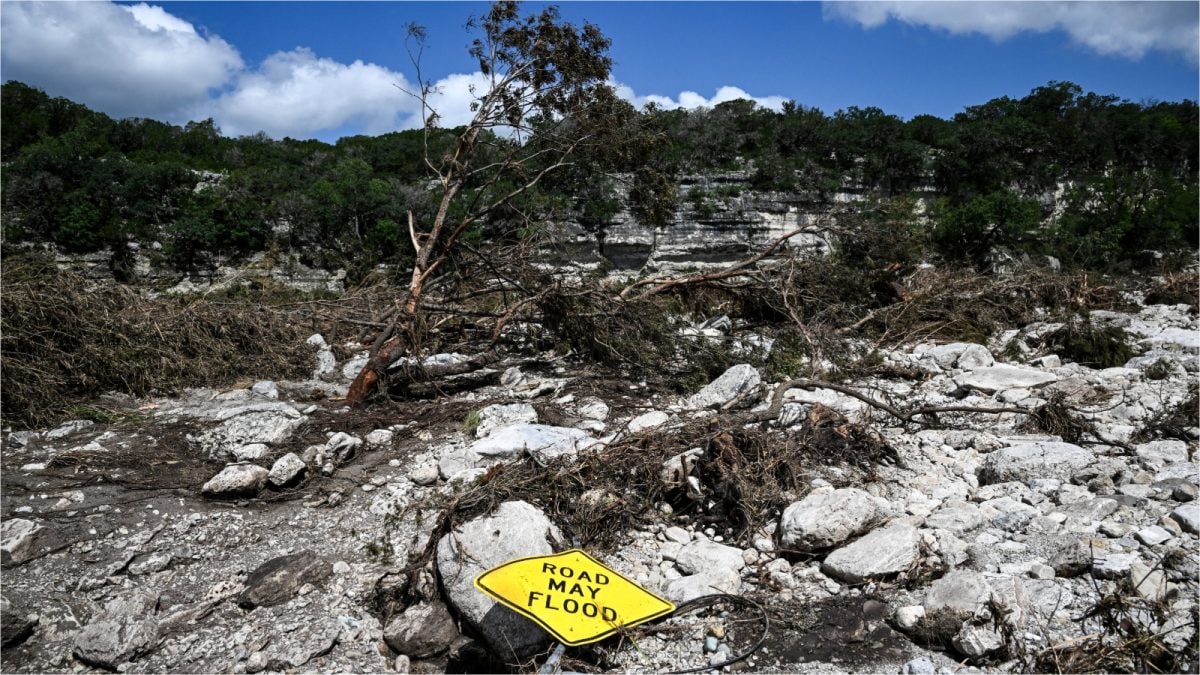Last Updated:June 05, 2025, 13:57 IST
Though most associate plague with a singular moment in medieval Europe, researchers say the bacteria has been infecting humans for at least 5,000 years

The reason why this bacteria has survived so long is because of its ability to adapt.
The plague that once wiped out millions in Europe hasn’t truly vanished, and now scientists are beginning to understand why. A new study published in the journal Science reveals how the deadly bacterium behind the infamous Black Death, Yersinia pestis, evolved over centuries to become less lethal but more persistent, allowing it to survive, spread, and silently persist in the background of human and animal populations for millennia.
Though most associate plague with a singular moment in medieval Europe, researchers say the bacteria has been infecting humans for at least 5,000 years, flaring up in three major pandemics, i.e. the Justinian Plague in the 6th century, the Black Death in the 14th century, and a third outbreak that began in 19th-century China. The Black Death alone is estimated to have killed between 30% and 50% of Europe’s population in just five years, roughly 25 million people.
But what’s kept this ancient killer alive for so long?
The answer, scientists believe, lies in its ability to adapt, specifically through changes in a single gene called pla, which produces an enzyme that allows the bacteria to spread through the body by breaking down blood clots.
At the height of the Black Death, Yersinia pestis strains were highly lethal, killing victims within days. But as the outbreak continued, researchers have found that the bacteria began to evolve. Mutations in the pla gene led to the emergence of less aggressive strains, ones that killed more slowly, giving the infection more time to move from host to host before the host died.
When scientists compared ancient DNA from plague victims with more recent samples, they discovered that the older, weaker strains had fewer copies of the pla gene. Mice infected with this variant took two days longer to die and showed a 10-20% lower mortality rate. That’s a small biological shift, but one with enormous implications.
By becoming less deadly, the plague became more dangerous in a different way; it spread farther, infected more people, and embedded itself more deeply in human and animal ecosystems.
The Plague Hasn’t Disappeared
While modern medicine has made plague treatable with antibiotics, the disease hasn’t been eradicated. Today, it still appears sporadically in remote areas of Asia, Africa, the Americas, and even the western United States. Rodents like prairie dogs and ground squirrels continue to harbour the bacterium, and over 300 rodent species are capable of carrying and spreading it.
Dr Deborah Anderson, a researcher involved in the study, said her team is now focusing on how Yersinia pestis cycles between fleas and rodents, especially how changes in the pla gene could determine how outbreaks emerge or fizzle out in animal populations.
One of the study’s more striking findings relates to how epidemics behave over time. Using mathematical models, scientists observed that during the early phases of an outbreak, both humans and rats die rapidly. But when rodent hosts start dying in large numbers, the bacteria “learns" to moderate its aggression.
In evolutionary terms, a dead host is a dead end, so the plague weakens just enough to keep its hosts alive a little longer, giving itself a better chance to jump to a new one.
This self-limiting behaviour can lead to an “epidemic burnout," where the disease appears to die out, but actually persists, lying dormant in new hosts or new environments. That’s likely why weaker strains of the bacterium, with muted pla activity, are still being discovered in modern samples, including a human and two black rats in Vietnam.
Lessons from the Plague
The tale of the plague isn’t just a relic of medieval history. Scientists say it offers valuable lessons for understanding modern pandemics, including Covid-19. Like the plague, the coronavirus has evolved into forms that are less fatal but more transmissible, allowing it to quietly circulate in populations worldwide.
The key difference is that we now have the tools to track these changes in real time. What makes Yersinia pestis so scientifically important is the sheer amount of historical genetic data available, spanning thousands of years, an unrivaled resource in the study of infectious disease.
In a world where new pathogens can emerge and mutate rapidly, the ancient plague may hold the keys to anticipating what comes next.
Location : First Published:News world What Is Yersinia Pestis, The Plague Bacteria That Has Infected Humans For 5,000 Years?

 1 month ago
1 month ago

















